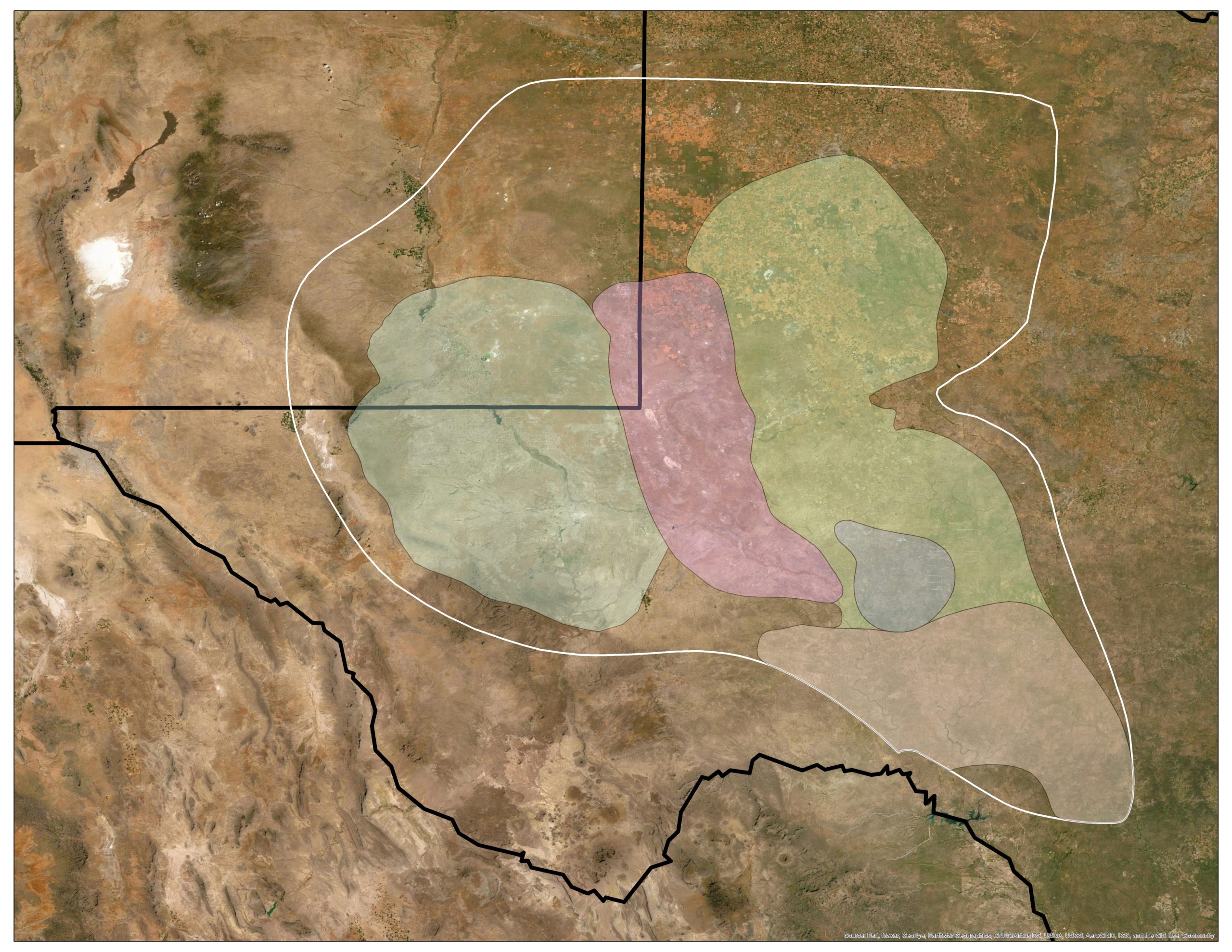Challenges and Opportunities for Permian Basin Petroleum Geologists
The Permian Basin is one of the most prolific oil and gas-producing regions in the United States and has been for decades. However, the challenges facing petroleum geologists working in the Permian Basin are complex and evolving. At the same time, there are also numerous opportunities for innovation and growth in the industry. In this article, we'll explore some of the key challenges and opportunities facing Permian Basin petroleum geologists today.

Challenges
Depletion of Conventional Reservoirs
One of the biggest challenges facing by the Permian basin petroleum geologists is the depletion of conventional reservoirs. The Permian Basin has been producing oil and gas for many decades, and many of the large, easily accessible reservoirs have already been tapped. As these reservoirs become depleted, it becomes more difficult and expensive to extract the remaining resources.
Development of Unconventional Reservoirs
In recent years, the development of unconventional reservoirs (e.g. shale, tight sandstone) has become more common in the Permian Basin. These reservoirs have different characteristics than conventional reservoirs and require different drilling and completion techniques. However, there are also concerns about the environmental impact of developing these reservoirs, particularly in terms of water use and greenhouse gas emissions.
Environmental Concerns
As mentioned above, there are growing concerns about the environmental impact of oil and gas production in the Permian Basin. In addition to concerns about water use and greenhouse gas emissions, there are also concerns about the impact of oil spills and other accidents on local ecosystems.
Technological Advancements
Technological advancements are both a challenge and an opportunity for Permian Basin petroleum geologists. On one hand, new technologies can help improve drilling and completion techniques, making it easier and more cost-effective to extract resources. On the other hand, these technologies can also be expensive to implement and can require significant investment in training and infrastructure.
Opportunities
Development of New Technologies
Despite the challenges posed by technological advancements, they also represent a significant opportunity for Permian Basin petroleum geologists. Numerous new technologies are being developed that can help improve drilling and completion techniques, as well as enhance recovery rates from existing reservoirs. For example, machine learning algorithms can be used to optimize drilling operations, while advanced imaging techniques can help identify previously overlooked reservoirs.
Diversification of Energy Sources
While the Permian Basin is known primarily for its oil and gas reserves, there is also an opportunity to diversify energy sources in the region. This could include the development of renewable energy sources like wind and solar, as well as the use of carbon capture and storage technologies to reduce greenhouse gas emissions from fossil fuel production.
Collaboration with Other Industries
Permian Basin petroleum geologists can also benefit from collaborating with other industries, such as agriculture and water management. For example, there may be opportunities to develop joint-use agreements for land and water resources or to explore the use of oil and gas wastewater for agricultural purposes.
Innovation in Environmental Management
Finally, there is an opportunity for Permian Basin petroleum geologists to take a leadership role in environmental management. This could include developing new best practices for water management and conservation, as well as exploring new technologies for reducing greenhouse gas emissions from oil and gas production.
Final Words
Permian Basin petroleum geologists face numerous challenges, from the depletion of conventional reservoirs to the development of unconventional reservoirs and growing environmental concerns. However, there are also many opportunities for innovation and growth in the industry, particularly in the areas of technology development, diversification of energy sources, collaboration with other industries, and environmental management. By working together and embracing these opportunities, Permian Basin petroleum geologists